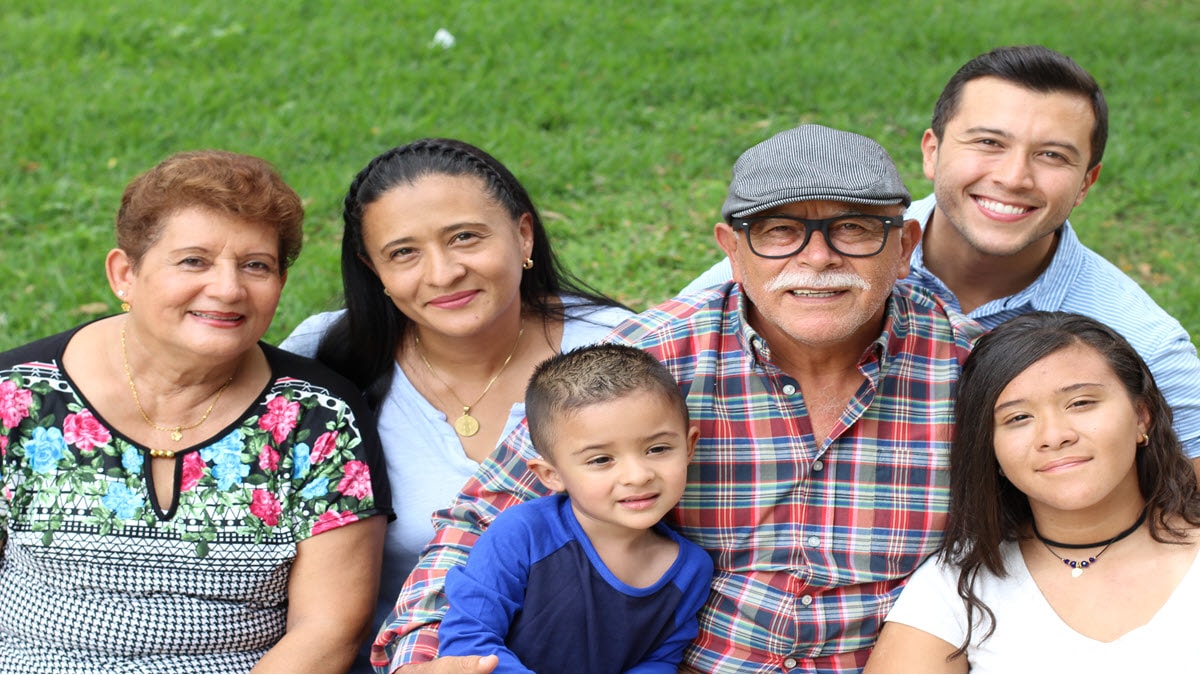Key points
- Anyone can get tuberculosis (TB), but some groups have a higher risk for TB than others.
- TB continues to affect Hispanic or Latino persons at a higher rate than other groups.
- Several factors contribute to the higher rates of TB among Hispanic or Latino persons.

Health disparities
In the United States, TB adversely affects groups that have historically experienced greater obstacles to health, including Hispanic or Latino personsA. Several important factors contribute to the higher rates of TB among some Hispanic or Latino persons.
TB disease affects Hispanic or Latino persons more than others.
In 2023, TB disease was reported among 3,546 Hispanic or Latino persons in the United States. This accounts for 36.8% of all people reported with TB nationally.
Keep Reading:
Tuberculosis Risk Factors
What CDC is doing
Achieving equity by addressing disparities
The National Center for HIV, Viral Hepatitis, STD, and Tuberculosis Prevention (NCHHSTP) developed an Equity Initiative to optimize synergies between the Center's existing equity activities, and to support the identification of additional strategic opportunities to embed equity into the fabric of NCHHSTP's workplace operations and public health programs.
To eliminate TB health disparities among Hispanic or Latino persons, CDC:
- Maintains a TB website in Spanish that provides information on TB exposure, testing, and treatment.
- Promotes the Think. Test. Treat TB. campaign and Spanish-language resources to reach people most at risk for inactive TB, also known as latent TB infection, and their health care providers to encourage TB testing and treatment.
- Highlights the personal stories of Hispanic and Latino people who were diagnosed and treated for TB.
- Leads community engagement and outreach in communities at increased risk for TB, including Hispanic or Latino persons, through organizations such as the TB Elimination Alliance to increase knowledge, testing, and treatment of TB.
- Develops culturally and linguistically appropriate patient education materials with Hispanic and Latino communities, including
- Shares patient education materials for Hispanic and Latino communities through platforms like Find TB Resources.
- Compiles national reports of TB cases and TB case rates by gender, race and ethnicity, risk factors, and geographic location.
- Continues the work of two CDC research consortiums to examine more effective TB treatment options and study the risks for TB among persons with certain medical conditions.
- Engages health care providers to ensure they know about the latest TB diagnostics and treatment options available.
- Collaborates with national and international public health organizations to
- Improve TB screening of immigrants and refugees,
- Test recent arrivals from countries with high rates of TB disease,
- Enhance TB control and prevention activities along the border between the United States and Mexico.
- Improve TB screening of immigrants and refugees,
Content Source:
Division of Tuberculosis Elimination ; National Center for HIV, Viral Hepatitis, STD, and Tuberculosis Prevention; Centers for Disease Control and Prevention
- Note: Persons who identified as Hispanic or Latino were categorized as “Hispanic or Latino,” regardless of self-reported ethnicity. Persons who did not identify as Hispanic or Latino were categorized by self-reported ethnicity; if more than one ethnicity was reported, the person was categorized as “Multiple.”
